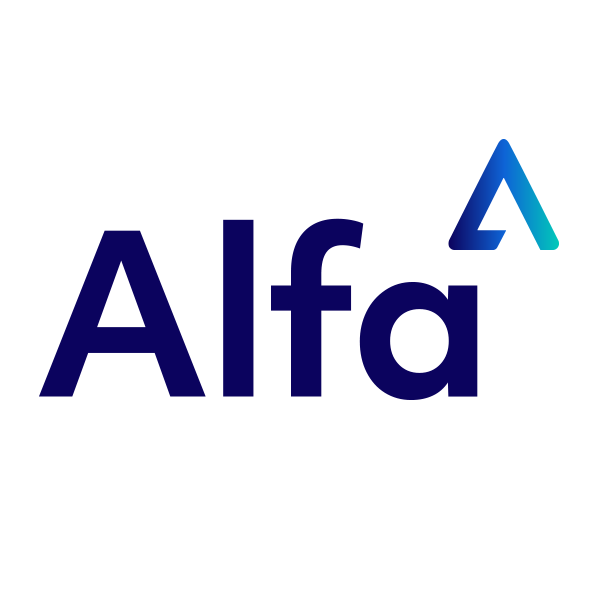
Asset finance businesses are inherently complex, so when it comes to implementing new software, there’s a lot that can go wrong. However, sticking with legacy systems can be even more costly. Outdated technology forces businesses to work within its constraints, instead of doing what’s best for the business. In this article, we explore how asset finance businesses can best perform a software rollout, with practical advice from Michael Mousdale, project manager at Alfa.
Explaining the why of new software

The asset finance sector is going from strength to strength, but with growth comes increasing competition. Businesses with highly effective software will be able to be able to provide the best customer service and flexible product offerings. Those with legacy systems will lag behind. According to Michael, legacy systems act as a barrier to business development and maintaining outdated technology becomes more expensive over time. Asset finance providers often learn to live with, but don’t necessarily quantify the cost of, a legacy system.
“Modern asset-finance software solutions provide complete visibility and control across all elements of a business, and are customised to suit the needs of the provider,” Michael says, author of the whitepaper attached on this page. “New products and services can be onboarded more quickly, staff become more productive, and they make more informed decisions. Yes, implementing these systems can be a significant effort, but doable with the right approach.”
Michael says replacing asset finance software is challenging for several reasons.
Asset finance transactions typically go much deeper than a simple retail sale. On top of that you add further complexity such as different types of asset finance, operating regions, the associated regulations, as well as different types of customer. In turn, replacing an asset finance platform is intrinsically complex — and disruption means all business activities may have to stop altogether.
Phased vs Big Bang
Asset finance businesses can deploy new software in two ways, Michael says. A phased approach, which involves taking a large-scale systems replacement and slicing it into deliverable phases, and the ‘big bang’ approach, meaning to transfer a system onto a new platform in one step.
“The big challenge with big bang is scope creep,” Michael says. “When a system must be deployed all at once, this can lure a systems replacement team into believing they have to deliver everything perfectly for day one. This can have significant impacts on project timelines. Missteps when building or testing features are also amplified, potentially resulting in large scale
reworking after the fact. As with any complex undertaking, something will almost inevitably go wrong.”
The phased approach can be less prone to disruption, Michael says. By implementing a system in smaller increments, it’s possible for asset finance businesses to test new configurations for each new phase and move them to production when ready. Third-party software providers can also assist with the rollout, making the process more robust.
Michael says the phased approach is useful in several ways. It allows clients to realise the value of the new platform sooner. Production feedback at each stage is useful and can be applied to later phases, reducing the impact of missteps. The phased approach also introduces a pragmatic mindset when building features, reducing that aforementioned tendency for scope creep. The phased approach also helps to expose unneeded facets of legacy systems.
While Michael generally prefers the phased approach, big bang may be the right choice for certain businesses or certain situations, for example if there is no capability to run two systems at once – or if an asset finance business operates in one only territory, making rollout less of a challenge.
Work practices help with the rollout
Often the effective rollout of asset finance software comes down to organisational commitment, Michael explains. Leadership must recognise that disruption is inevitable, and this must be communicated and accepted at all levels of the business. Production teams can then concentrate on an effective and efficient rollout.
“A phased approach still comes with numerous challenges,” Michael says. “For example, organisations must accept they will work across two systems for a period, which will increase pressure on employees, and will need to make difficult decisions in terms of phase planning and feature prioritisation. Similarly, reporting data will come from two sources and integrations with external systems must be able to work with both systems.”
It’s essential that employees are trained up on the new system as soon as possible to help promote buy-in and provide clarity, Michael says. Updates and new features to legacy system should be limited to remove additional complexity. If businesses can get this right, the benefits are clear.
“The phased approach provides an opportunity to de-risk a daunting and complex undertaking,” Michael says. “A new system provides the opportunity to streamline existing operations and reduce long term costs. But an equally important benefit is to remove barriers that prevent organisational agility. Providers with modern systems are better placed not only to capitalise on opportunities but also to react to unexpected changes.”
Michael concludes by saying that both rollout methods have their place, and the key is to start the journey sooner rather than later, as it’s not just efficiency that’s at stake, but the ability to effectively serve customers and help the business grow.
To find out more about Alfa’s asset finance software and how they can help you upgrade your legacy systems, click here for contact details or download the whitepaper below.



